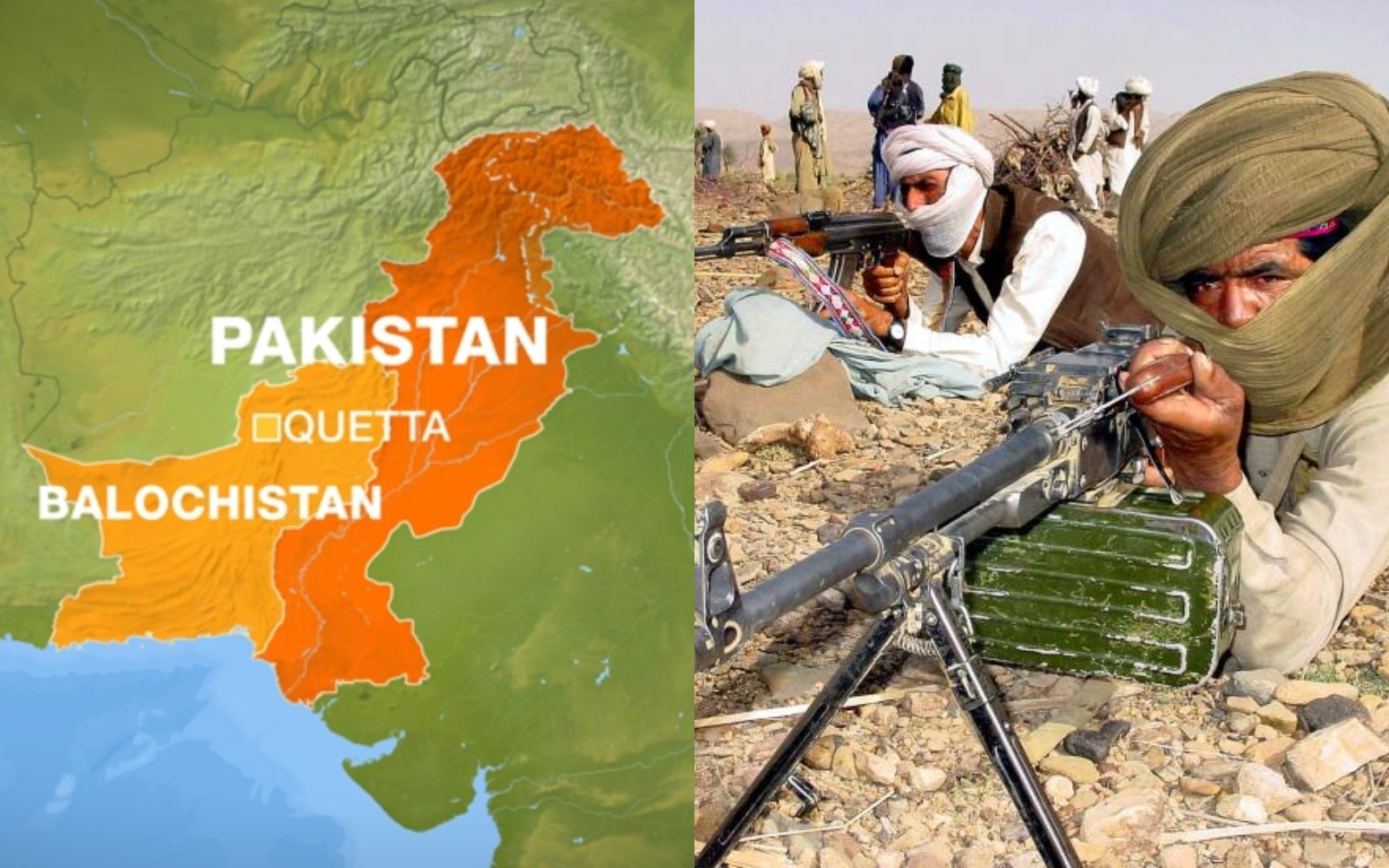OPED: Divya Malhotra
Massive protests have rocked Balochistan once again. Locals are organizing rallies across the province, raising their voices demanding political autonomy and raising their voices against the state’s “kidnap, kill, and dump” policy.
Balochistan has been witnessing large-scale rallies since the disappearance of government employee Zaheer Baloch in June this year. Few Balochi activists, such as Mahrang Baloch, were independently reporting about the peaceful protests on social media platforms.
However, most major newspapers and media houses in Pakistan were reticent or rather reluctant to cover the protests.
The protests grabbed mainstream media’s attention on 29 July after security forces opened fire on Baloch protestors who had gathered in Gwadar, killing three protestors and leaving many more injured.
Post this, a few major newspapers reported the clashes between the authorities and Baloch protestors. However, no newspaper has carried any editorials to discuss the issue, barring DAWN, where renowned journalist Zahid Hussain commented on the “growing alienation of the Baloch population, which has long been deprived of its fundamental rights.”
This media indifference towards the Balochis is a sign of a bigger problem. A few years back, Shahzada Zulfiqar, the President of Quetta Press Club, stated that there is no journalism in Balochistan.
“Both the state and non-state actors want to take over the media.” The important question is – Can truth withstand ceaseless attacks from all sides?
Amnesty International aptly describes Balochistan as a “graveyard for journalists.” In May this year, Muhammad Siddiq Mengal, a senior journalist and president of the Khuzdar Press Club, was killed in a targeted bomb blast in Balochistan’s notorious Khuzdar district.
In response to the death threats he had been receiving since 2023, he had already shut down the press club six months back.
The killing spree goes back to 2005, when Baloch leaders approached the government for greater autonomy. Their demands were rejected, and a major wave of anti-state insurgency ensued.
A spate of targeted killings of journalists started in 2008 when the Baloch Liberation Army (BLA) killed Chishti Mujahid, a reporter associated with the Urdu weekly Akhbar-e-Jehan for taking an “anti-Baluch” and pro-Pakistan stance in his writings. Similar killings followed. In 2017, the Balochistan Liberation Front (BLF) again warned local journalists against collaborating with ISPR – Pakistan Army’s media wing.
Over the next few years, Baloch militants continued to abduct and kill notable journalists affiliated with prominent media houses like Geo TV, Pakistan TV, and Balochistan Times for toeing the red line.
On the other hand, the state authorities threatened the anti-establishment reporters who supported the Baloch cause and covered sensitive issues like enforced disappearances.

According to a reporter from Khuzdar, most local reporters who want to expose the establishment are poor and powerless. “If we wrote about these things, our bodies would be found the next day,” he exclaimed. The state often co-opts, cajoles, and compels these reporters into framing and manipulating news stories to suit their agenda.
With all the hazards they face, journalists do not get any insurance coverage, and the families are not entitled to any compensation in the event of death or injury.
In Balochistan’s recent troubled history, only one journalist has been reportedly granted compensation by the state authorities. By denying insurance benefits and perks, the state has managed to spread fear among the media community and discourage them from impartial reporting.
Another disturbing trend is the increased corporatization of media in Pakistan. All major media houses in the country rely heavily on advertising revenues to cover their costs.
Most of the media networks are concentrated in Pakistan’s thriving Punjab province because of its advertisement potential and commercial interests. On the contrary, the restive province of Balochistan lacks the economic and industrial ecosystem to attract advertising.
“No industry means no advertisements and no money. Therefore, no coverage,” said Syed Ali Shah, Dawn’s former bureau chief in Balochistan. Most national and local newspapers fail to attract ads from Balochistan, so there is little financial incentive for media houses to have operational bureaus there.
Local newspapers run on minimal budgets. Up to 90 percent of correspondents in Balochistan’s districts are not paid for their work. In the absence of a ‘beat’ system, the reporters are overworked and underpaid.
Thus, those few journalists who turn up for work are working under the patronage of a particular political party, militant group, or intelligence agency.
Although social media has opened an alternate platform for independent reporting, Balochis have not been able to take much advantage of these platforms owing to power outages, internet blackouts, and excessive surveillance. Meanwhile, truth remains at the mercy of those who hold power.
- Divya Malhotra is pursuing her PhD from the School of International Studies, Jawaharlal Nehru University, New Delhi. She has been a researcher with the National Security Advisory Board.
- Views Personal of Author




